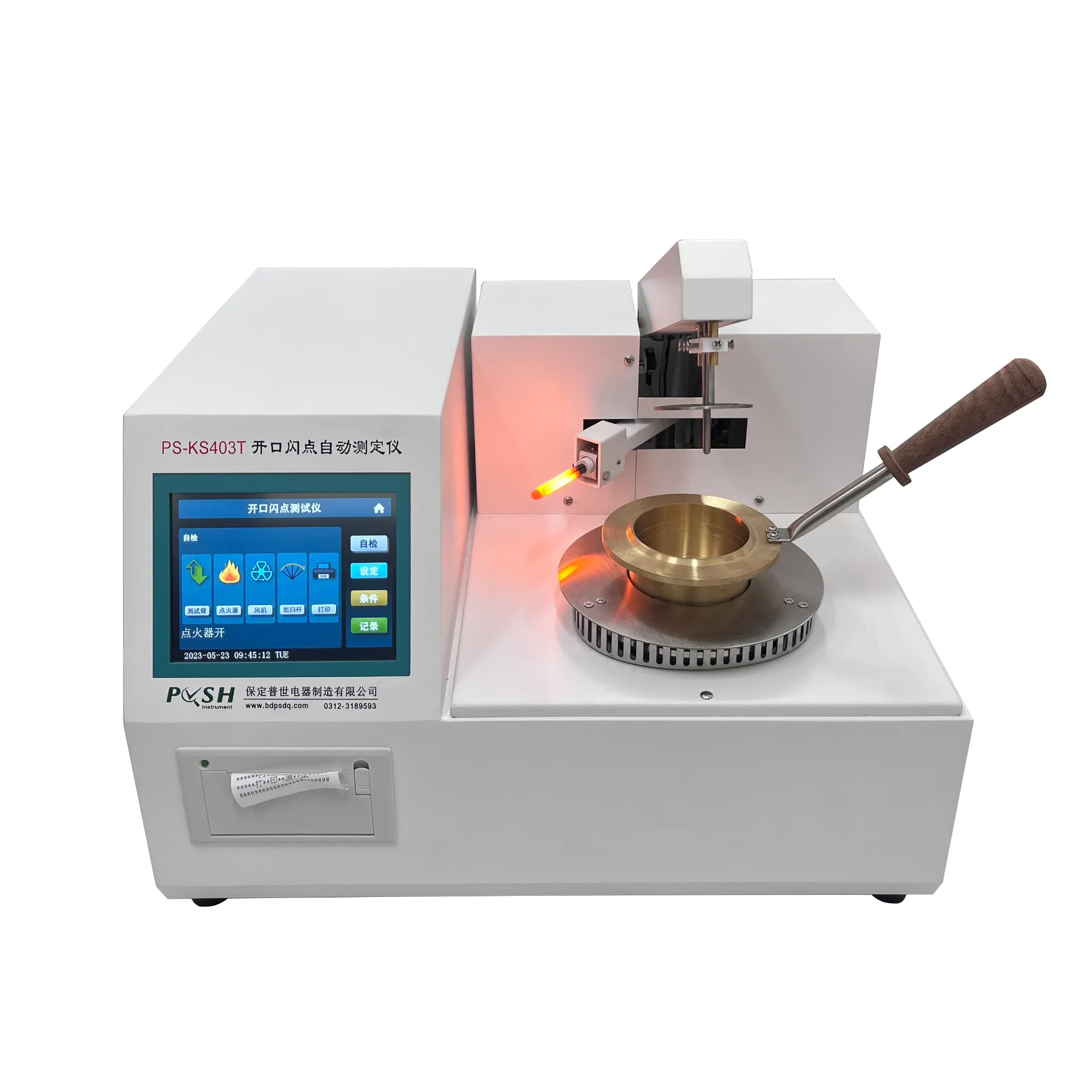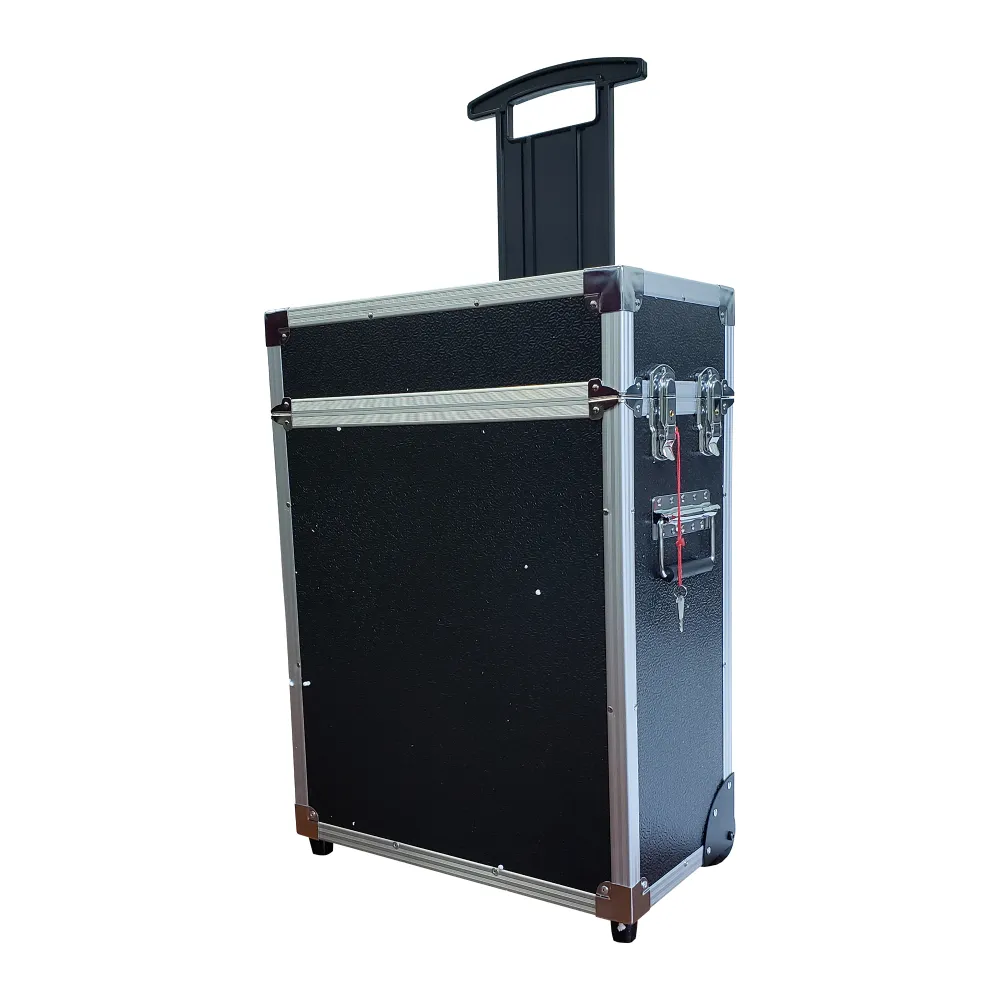TEL:
+86-0312-3189593
 English
English

Telephone:0312-3189593

Email:sales@oil-tester.com

-
 Afrikaans
Afrikaans -
 Albanian
Albanian -
 Amharic
Amharic -
 Arabic
Arabic -
 Armenian
Armenian -
 Azerbaijani
Azerbaijani -
 Basque
Basque -
 Belarusian
Belarusian -
 Bengali
Bengali -
 Bosnian
Bosnian -
 Bulgarian
Bulgarian -
 Catalan
Catalan -
 Cebuano
Cebuano -
 China
China -
 China (Taiwan)
China (Taiwan) -
 Corsican
Corsican -
 Croatian
Croatian -
 Czech
Czech -
 Danish
Danish -
 Dutch
Dutch -
 English
English -
 Esperanto
Esperanto -
 Estonian
Estonian -
 Finnish
Finnish -
 French
French -
 Frisian
Frisian -
 Galician
Galician -
 Georgian
Georgian -
 German
German -
 Greek
Greek -
 Gujarati
Gujarati -
 Haitian Creole
Haitian Creole -
 hausa
hausa -
 hawaiian
hawaiian -
 Hebrew
Hebrew -
 Hindi
Hindi -
 Miao
Miao -
 Hungarian
Hungarian -
 Icelandic
Icelandic -
 igbo
igbo -
 Indonesian
Indonesian -
 irish
irish -
 Italian
Italian -
 Japanese
Japanese -
 Javanese
Javanese -
 Kannada
Kannada -
 kazakh
kazakh -
 Khmer
Khmer -
 Rwandese
Rwandese -
 Korean
Korean -
 Kurdish
Kurdish -
 Kyrgyz
Kyrgyz -
 Lao
Lao -
 Latin
Latin -
 Latvian
Latvian -
 Lithuanian
Lithuanian -
 Luxembourgish
Luxembourgish -
 Macedonian
Macedonian -
 Malgashi
Malgashi -
 Malay
Malay -
 Malayalam
Malayalam -
 Maltese
Maltese -
 Maori
Maori -
 Marathi
Marathi -
 Mongolian
Mongolian -
 Myanmar
Myanmar -
 Nepali
Nepali -
 Norwegian
Norwegian -
 Norwegian
Norwegian -
 Occitan
Occitan -
 Pashto
Pashto -
 Persian
Persian -
 Polish
Polish -
 Portuguese
Portuguese -
 Punjabi
Punjabi -
 Romanian
Romanian -
 Russian
Russian -
 Samoan
Samoan -
 Scottish Gaelic
Scottish Gaelic -
 Serbian
Serbian -
 Sesotho
Sesotho -
 Shona
Shona -
 Sindhi
Sindhi -
 Sinhala
Sinhala -
 Slovak
Slovak -
 Slovenian
Slovenian -
 Somali
Somali -
 Spanish
Spanish -
 Sundanese
Sundanese -
 Swahili
Swahili -
 Swedish
Swedish -
 Tagalog
Tagalog -
 Tajik
Tajik -
 Tamil
Tamil -
 Tatar
Tatar -
 Telugu
Telugu -
 Thai
Thai -
 Turkish
Turkish -
 Turkmen
Turkmen -
 Ukrainian
Ukrainian -
 Urdu
Urdu -
 Uighur
Uighur -
 Uzbek
Uzbek -
 Vietnamese
Vietnamese -
 Welsh
Welsh -
 Bantu
Bantu -
 Yiddish
Yiddish -
 Yoruba
Yoruba -
 Zulu
Zulu
شوبات . 04, 2025 03:51
Back to list
flash point testing lab
Power transformers are critical components in electrical grids, ensuring efficient energy transfer and stability across different systems. To maintain their reliability and maximize their lifespan, regular testing is essential. Different types of transformer testing provide unique insights into their condition, helping to prevent unexpected failures. This article delves into various testing methodologies for transformers, emphasizing their importance and underlying technical prowess.
Dissolved gas analysis (DGA) is another advanced diagnostic technique, pivotal in identifying potential faults within the transformer. Transformers may exhibit gradual deterioration through dielectric breakdown or thermal degradation, releasing gases within the oil. DGA detects these gases and analyzes their concentration to identify potential electrical faults like arcing or overheating at an early stage. Partial discharge (PD) testing is crucial for detecting localized defects within transformer insulation. PD testing measures micro pulses or discharges during a breakdown period. Advanced PD test equipment can identify the location and severity of insulation defects, which is vital for maintenance planning and preventing catastrophic failures. Moreover, advanced technologies like infrared thermography and acoustic emission testing offer additional layers of diagnostic capability. Infrared thermography detects hot spots on a transformer’s surface that could indicate internal issues, while acoustic emission testing identifies and locates defects based on the sound waves generated by partial discharges, structural stresses, or mechanical defects. In addition to these tests, modern transformers are often equipped with online monitoring systems that utilize sensors to provide real-time data analysis. These systems help in constant monitoring of parameters such as temperature, load pressure, and oil quality, offering predictive insights and enabling condition-based maintenance strategies. By combining routine and diagnostic testing methods, utilities and operators can ensure that transformers continue to operate efficiently, minimizing the risk of unexpected failures. Expertise in selecting and interpreting the results from these tests is crucial for maintaining the integrity and performance of power systems. Authoritative guidelines and standards, such as those from the IEEE and IEC, provide a framework for conducting these tests, further enhancing trustworthiness in testing outcomes. Overall, transformer testing encompasses a blend of foundational and advanced techniques, each serving its role in safeguarding electrical infrastructure. The careful application of this expertise allows operators not only to maintain system reliability but also to foresee potential issues and manage them proactively, creating a robust power network that meets both current and future demands.


Dissolved gas analysis (DGA) is another advanced diagnostic technique, pivotal in identifying potential faults within the transformer. Transformers may exhibit gradual deterioration through dielectric breakdown or thermal degradation, releasing gases within the oil. DGA detects these gases and analyzes their concentration to identify potential electrical faults like arcing or overheating at an early stage. Partial discharge (PD) testing is crucial for detecting localized defects within transformer insulation. PD testing measures micro pulses or discharges during a breakdown period. Advanced PD test equipment can identify the location and severity of insulation defects, which is vital for maintenance planning and preventing catastrophic failures. Moreover, advanced technologies like infrared thermography and acoustic emission testing offer additional layers of diagnostic capability. Infrared thermography detects hot spots on a transformer’s surface that could indicate internal issues, while acoustic emission testing identifies and locates defects based on the sound waves generated by partial discharges, structural stresses, or mechanical defects. In addition to these tests, modern transformers are often equipped with online monitoring systems that utilize sensors to provide real-time data analysis. These systems help in constant monitoring of parameters such as temperature, load pressure, and oil quality, offering predictive insights and enabling condition-based maintenance strategies. By combining routine and diagnostic testing methods, utilities and operators can ensure that transformers continue to operate efficiently, minimizing the risk of unexpected failures. Expertise in selecting and interpreting the results from these tests is crucial for maintaining the integrity and performance of power systems. Authoritative guidelines and standards, such as those from the IEEE and IEC, provide a framework for conducting these tests, further enhancing trustworthiness in testing outcomes. Overall, transformer testing encompasses a blend of foundational and advanced techniques, each serving its role in safeguarding electrical infrastructure. The careful application of this expertise allows operators not only to maintain system reliability but also to foresee potential issues and manage them proactively, creating a robust power network that meets both current and future demands.
Previous:
Next:
Latest news
-
Testing Equipment Industry Sees Major Advancements in 2025: Smart & Precision Technologies Lead the WayNewsJun.06,2025
-
Applications of Direct Current Generators in Renewable Energy SystemsNewsJun.05,2025
-
Hipot Tester Calibration and Accuracy GuidelinesNewsJun.05,2025
-
Digital Circuit Breaker Analyzer Features and BenefitsNewsJun.05,2025
-
Benefits of Real-Time Power Quality Monitoring Devices for Industrial EfficiencyNewsJun.05,2025
-
Earth Fault Loop Testing in High-Rise Building Electrical SystemsNewsJun.05,2025



